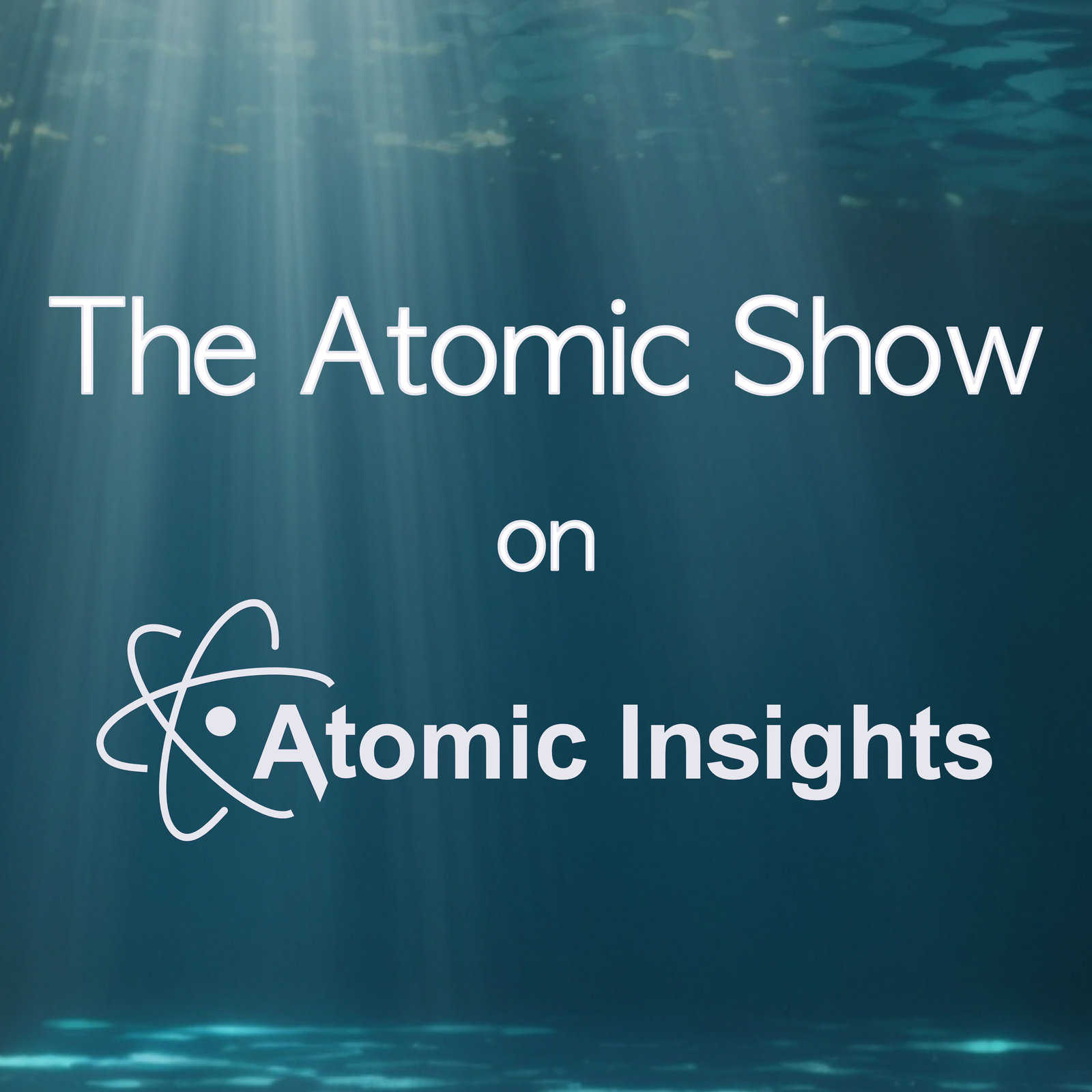Atomic Show #285 – MMR at Illinois

The University of Illinois at Urbana-Champaign has a stretch goal of completing its next research and test reactor by the end of 2025. It has assembled a team that includes several other major universities, national labs, and industrial partners. It has selected the MMRTM, a product that is being developed by USNC (Ultra Safe Nuclear Corporation), for its ability to meet most of a long list of important attributes that will support a wide range of university research and development goals. For this Atomic Show, I spoke with Dr. Katy Huff, Dr. Caleb Brooks – both of whom are on the UIUC engineering faculty – and Mark Mitchell, the USNC executive leading the MMR development program. They explained the history of their visionary project and provided the basis for their firm belief that they can license and build a new research and test reactor within the next five years. Why does UIUC need a new reactor? The University of Illinois at Urbana-Champaign (UIUC) has a long tradition of leadership and innovation in nuclear science, technology and engineering. For 38 years (1960-1998) it proudly operated the Triga-Mark II research reactor to support student development and to contribute to the advancement of nuclear science and technology. But that valuable asset was, like so many US research reactors, decommissioned during the Dark Ages of US nuclear power development in the 1990s. By the end of that decade, student enrollment in nuclear engineering and science majors had dropped to near the fiducial level, there were few, if any prospects for new nuclear power projects, and federal support for nuclear research had been completely eliminated in during several budget cycles. Universities didn't see any reason to keep supporting research reactors, so they shut them down. But concerns about fossil fuel sustainability and climate change have helped to renew global interest in nuclear energy development and deployment. Students are again selecting nuclear focused majors and are developing new ideas about ways to use nuclear technologies to improve the human condition. Even though student interest in nuclear has been growing in the US for at least 15 years, university research reactor shutdowns have continued and no new ones have been built. Leaders in nuclear at UIUC decided several years ago that they need to take aggressive action to address the growing challenge of increasing student population and fewer physical reactors for them to use in their education, research and professional development programs. Why the MMR? Why now? University research reactors have always been modest in their thermal power capability, and they have generally been designed with passive safety features that make them appropriate for student learning and management. Even though the 15 MWth MMR is designed to provide useful power and electricity, it is also designed to be extremely safe without operator action. With its molten salt heat storage separating the nuclear reactor heat source from the adjacent plant heat conversion system, it is also designed for flexibly shifting its production from electricity to heat or to other useful products. That flexibility is attractive to a large university that has a variety of student research endeavors along with a large physical plant that includes on-campus power and heat generation. Like many US universities, UIUC has a district heating system that supplies more than 200 buildings with steam heat. The total load during winter months is more than 50 MWth. In addition, the university power plant supplies 50-75 MWe from a growing assortment of renewable energy systems as well as the coal and natural gas that provide the majority of the power. UIUC students have expressed a great deal of interest in moving their university away from fossil fuels and have targeted their campus steam and power supply as something that needs an emission-free replacement.